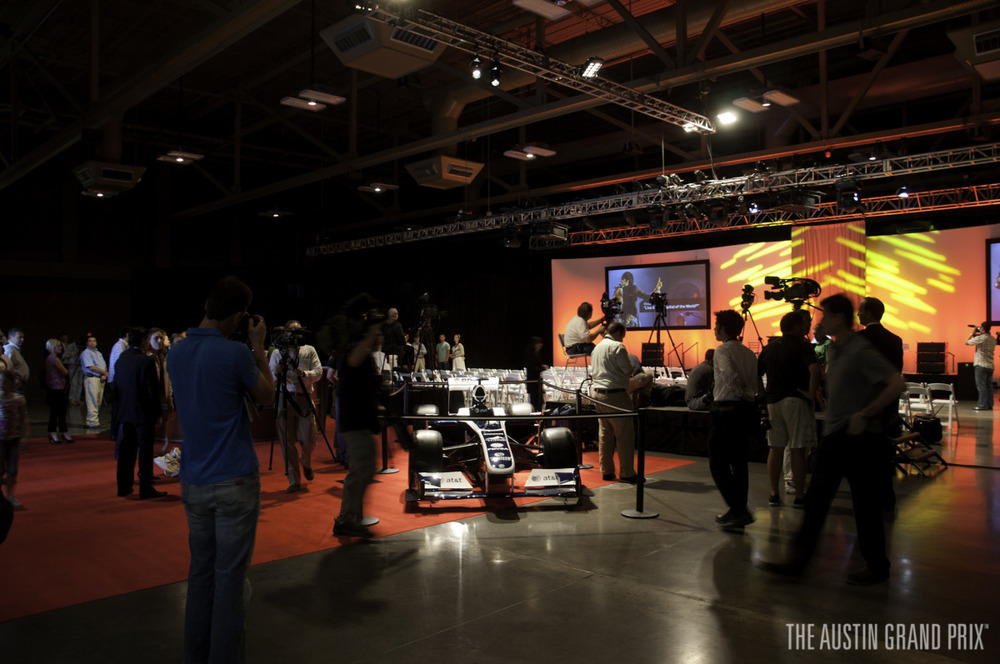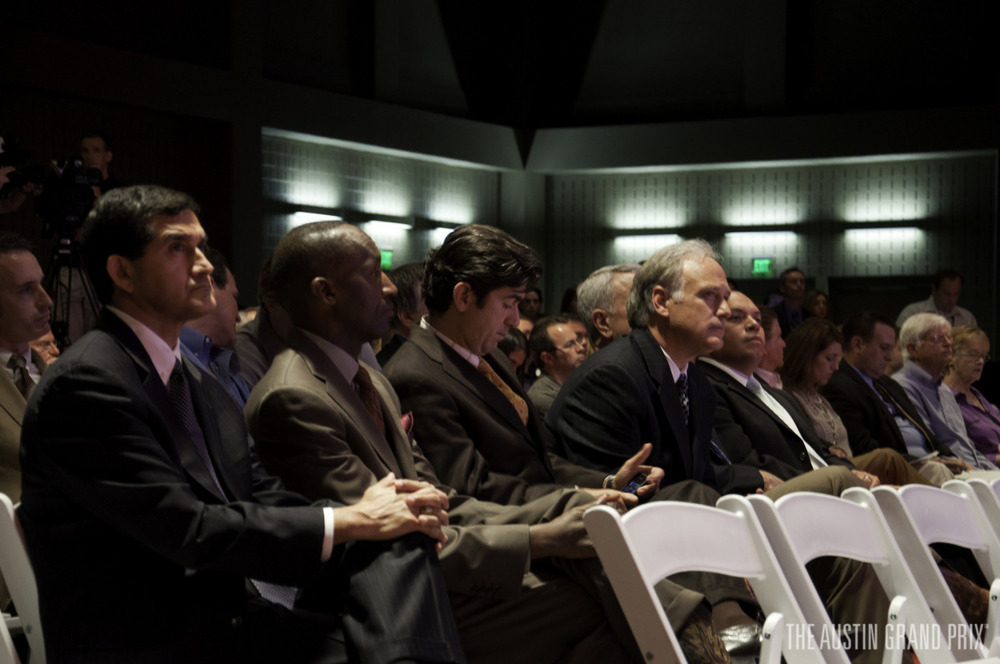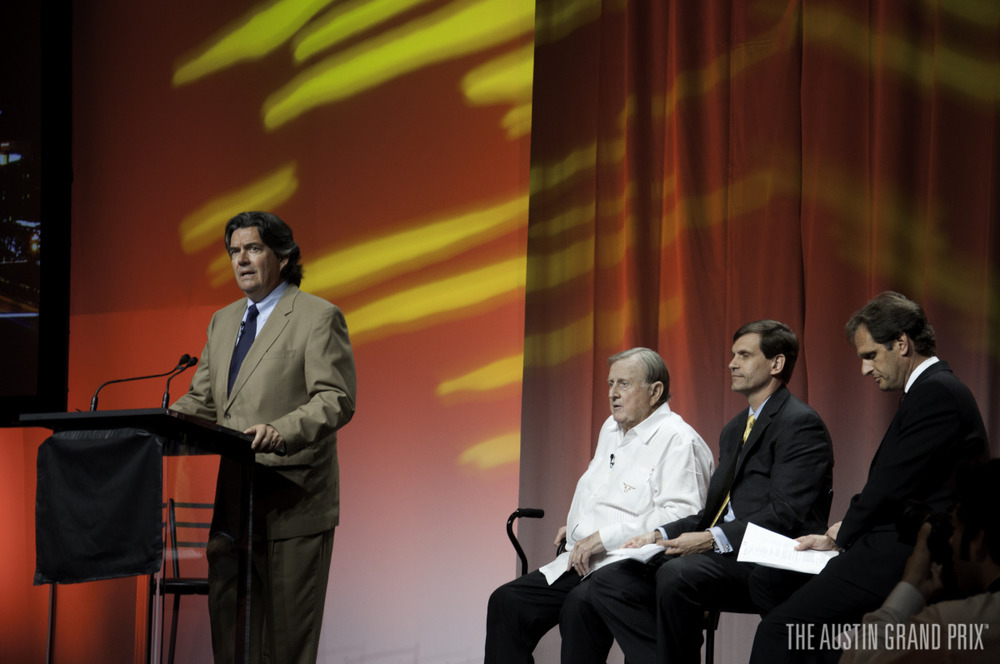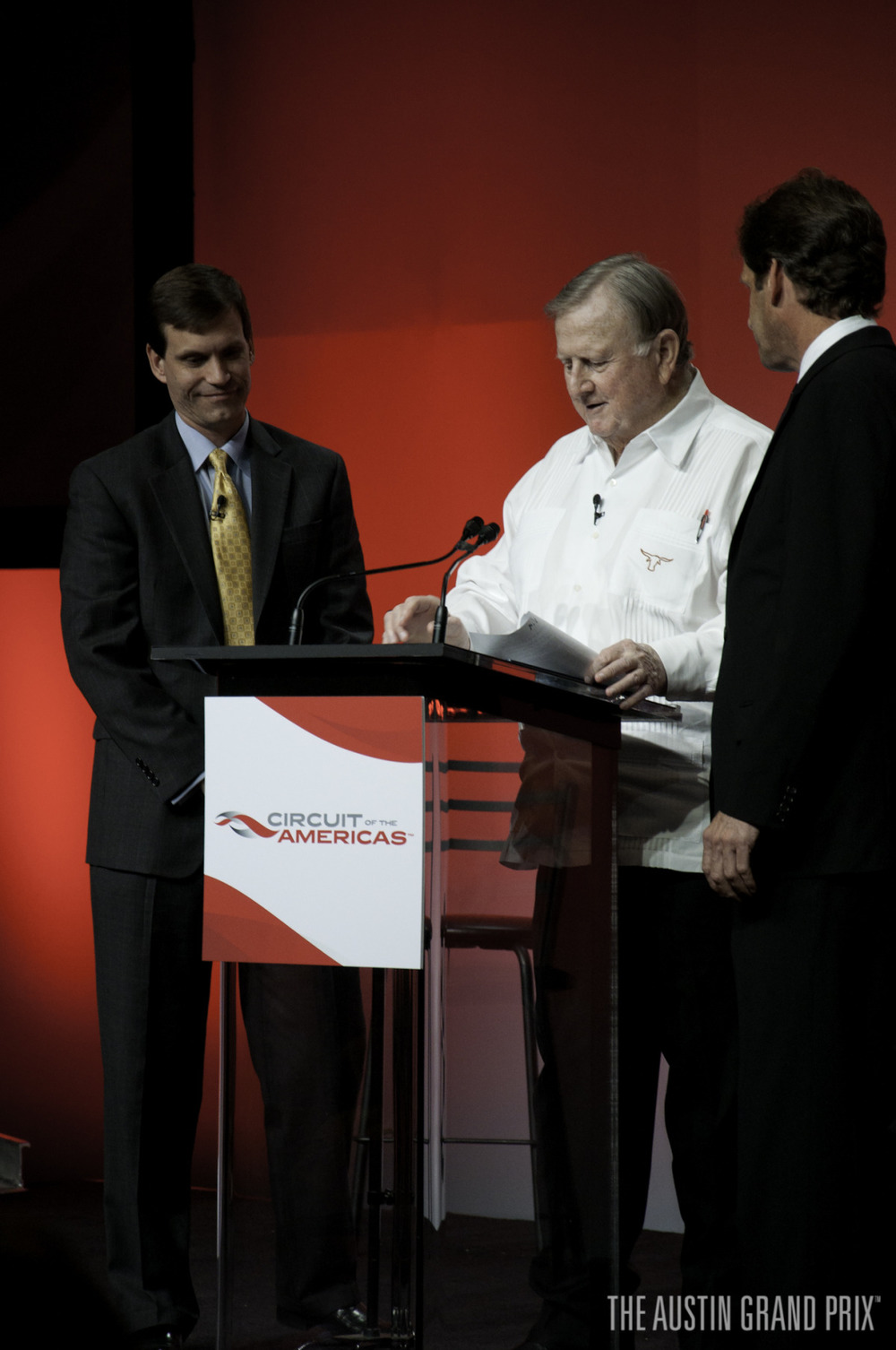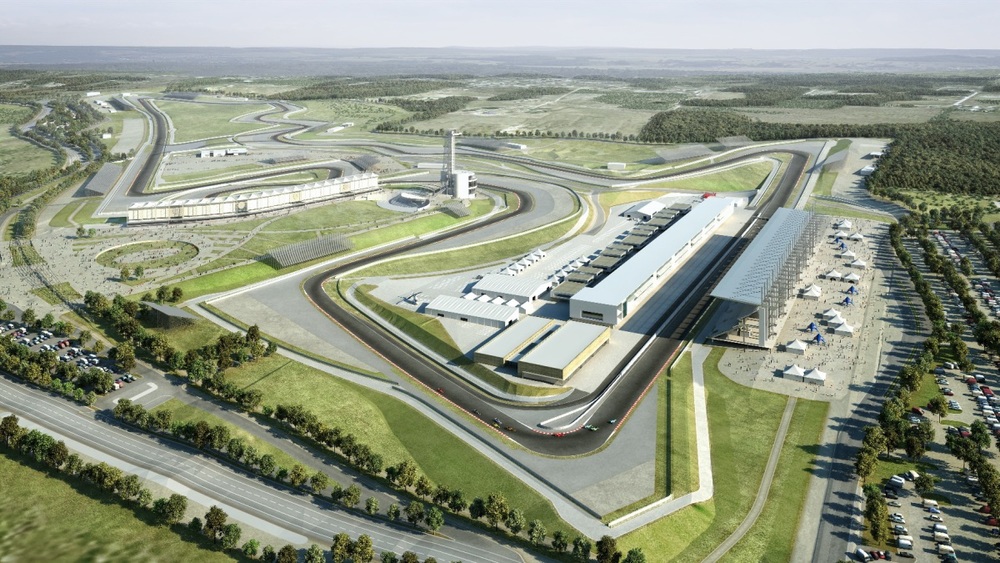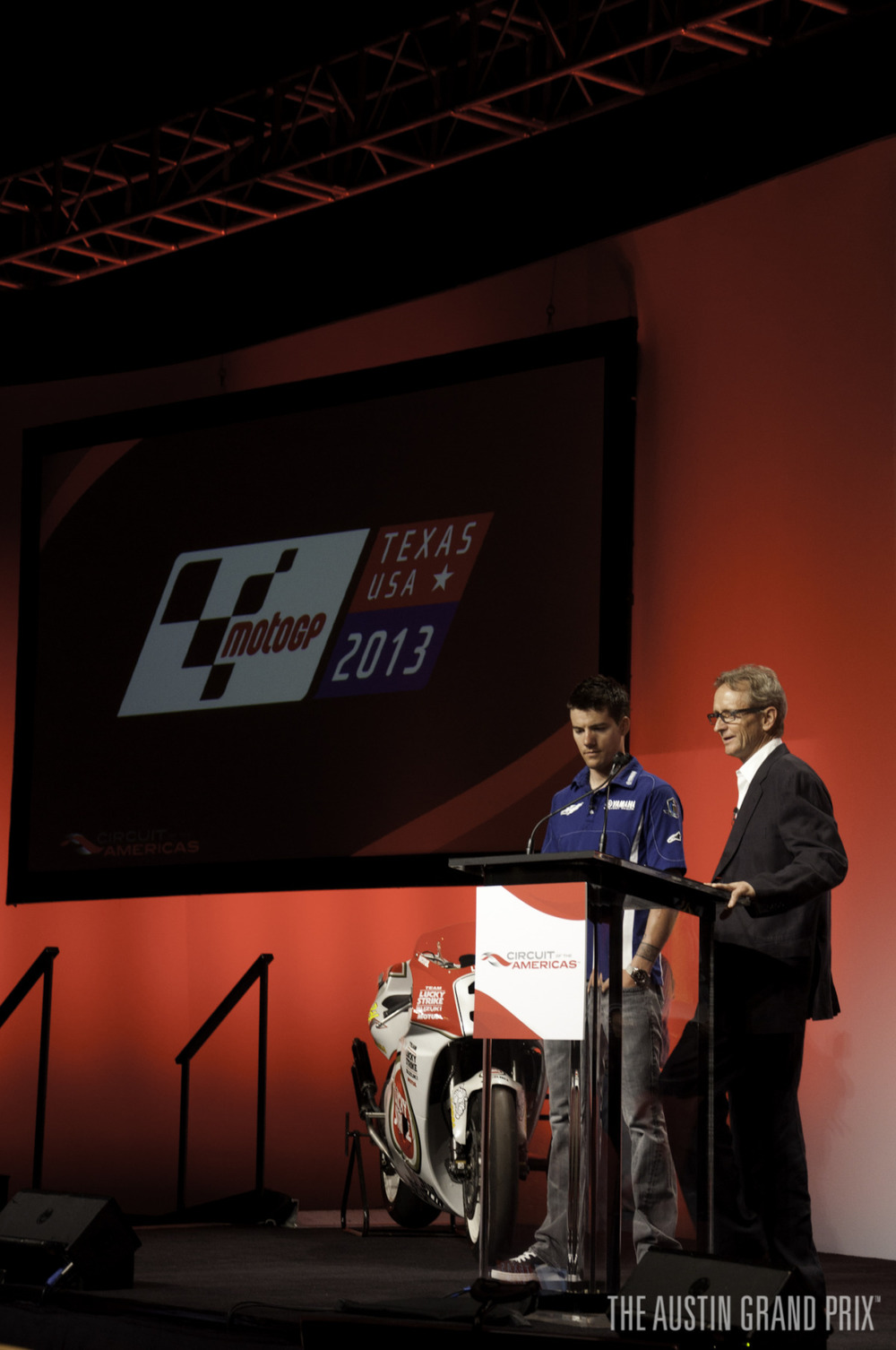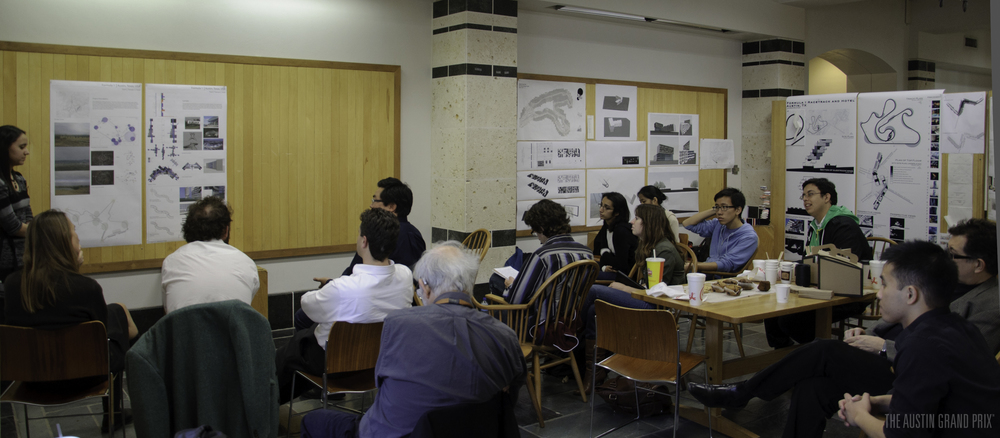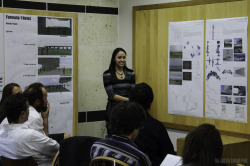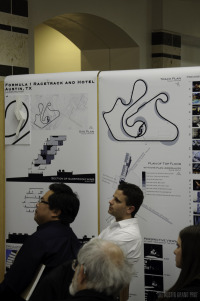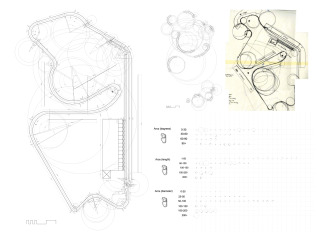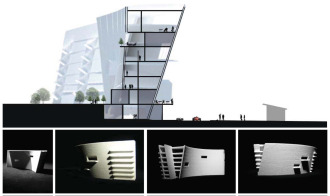A Thriller in China
I’m not sure if the big winner of last weekend’s grand prix in Shanghai was race winner Lewis Hamilton, whose daring overtaking and brilliant race strategy secured his first win of the season, or drive-the-wheels-off-the-car Mark Webber, whose ascent to a podium finish after a P18 start was among the most thrilling that I have seen. (Or maybe it was all you Webber fans who put him on your fantasy F1 team like me…)
Jaime Alguersuari retired on lap 10 after a pit stop mishap. (photo courtesy of Reuters)
No doubt Hamilton rides a swell of momentum to Istanbul as F1 charges on to Europe for the next three races – a similar momentum carried by an underperforming Webber as of late, which couldn’t have come a moment sooner for him. Let’s not forget the other big headline in the 23 drivers of the field of 24 who remained on track at the checkered flag to make the wheel-to-wheel driving all the more interesting (only STR-Ferrari’s Jaime Alguersuari retired from the race after his right rear wheel popped off shortly after exiting the pits).
Whichever of last weekend’s stories you favor, I’d be willing to bet most of what I own that the lot of F1 fans would agree that round three of 2011 was among the more dramatic and exciting races in recent history. At the forefront of the big stories so far this season are the new Pirelli tyres. At the beginning of the season, I myself wasn’t a big fan of them or the FIA’s intention for them to wear out so quickly, but it’s hard to defend my original argument when you examine the action of the China race. If nothing else, being forced to pit more often than the old Bridgestone tyres required generally gives way to the possibility of more overtaking chances and more race shakeups overall.
Specific to the Chinese GP however, we saw that those drivers who pitted early and often seemed to move up as the race went on – though most didn’t finish the race as high in the ranks as their best running position –while most who stuck to the 2-stop strategy found themselves losing tenths of seconds (or more) on each lap by race end as their tyres disintegrated from under them. To understand that, all you have to do is take a look at Webber’s Simply in terms of positions gained, Mark Webber turned in one of the best performances of his career in Shanghai. (photo courtesy of AFP/Getty Images)race. After a dismal qualifying performance on Saturday, he moved up 15 spots, mostly in the second half of the race, on a 3-stop strategy and was turning in laps 2 and 3 seconds faster than much of his equally-skilled competition. Hell, if he had gotten around some of the slower traffic that kept him at bay in the earlier half of the race, we might be talking instead about the greatest come from behind victory in F1 instead of Hamilton’s immense effort to take P1. The other big mover and shaker behind Webber, also thanks to the 3-stop strategy (and of course, years of experience and winning F1 races and championships), was veteran Michael Schumacher. Though the majority of his performances on track since returning to an F1 car full-time last season have been, to say the least, a bit lackluster, he and his Mercedes crew engineered an admirable 8th place finish after starting from P14.
Considering the night-and-day difference in performance between a fresh set of Pirelli option (soft compound) tyres vs. a worn-out set, the 3-stop race was certainly the way to go for China -and it likely will be so for many other tracks on the calendar yet to see the new tyre provider. A big part of this strategy included starting the race on the prime (hard compound) tyres, which were a whole second slower per lap than the options in Shanghai, and make your first pit before everyone else to switch to the options. (Remember that each driver has to use at least one set of each compound during the race.)
And let’s not forget the addition of the DRS (Drag Reduction System, or movable rear wing), and the return of KERS (Kinetic Energy Recovery System) this season. I may personally criticize the rules governing where and when the DRS may be used (“let ‘em drive” I say), but like the new tyres it has also given way to some great moments on track - namely some of those gripping overtaking situations on Shanghai’s unusually long back straight going into turn 14.
Undoubtedly, the new equipment and regulations introduced (or reintroduced) this season have added to the racing excitement of Formula 1. And in the end, that’s what the fans want – clever race strategy, brilliant driving, and exciting races. As dominating of performances as championship points leader and current world champion Sebastian Vettel has been delivering since last season, he will surely be in the crosshairs of the other talented drivers wielding all these new weapons in the races to come. If the Chinese GP was any indication, the new additions of 2011 are sure to deliver a more level playing field and much closer race finishes than in years past. Beware, Seb -I don’t think we’re in 2010 anymore.
The Return of KERS
After sitting on the sidelines last year, KERS makes its way back into the cars for the 2011 season. This is a good thing if you drive for a team that has seamlessly integrated the heavy system into your car so that it can deliver up to an 80-hp boost after hard braking in the corners (this bonus power equates to a 0.3 to 0.5 second faster lap time if you are leaning on it as much as you should be). This is a bad thing if you are Mark Webber (or Sebastian Vettel) and it has just been dead weight in your car since the season started. Sebastian was able to use his KERS for parts of the Chinese GP, however poor Webber was instructed not to use his in Shanghai for the third time in as many races. (Just imagine how much faster he still could have willed his car around the track with it working properly…) As much brainpower as Red Bull Renault has on board, I still quite don’t know why they haven’t worked out the kinks on the systems in both cars yet (but then again, I don’t work for a multi-million dollar racing organization). Given my comments above about leveling the playing field though, fixing these systems should be priority one for RBR if they want to hang at the top of pack again this season.
We Really Have to Wait Another Two Weeks?
What of the drivers’ performances through the first three rounds? Everyone expects the big three (RBR, Mercedes McLaren, and Ferrari) to be at the top, but what about the other guys? At the beginning of the year, I was stoked to see what rising stars Robert Kubica and Nico Rosberg of Lotus Renault and Mercedes, respectively, could do on track this year. If you have followed F1 even since the beginning of the 2011 season you know that Kubica was seriously injured in an unfortunate rally car crash back in February; however he was recently released from the hospital and is reportedly eager to get back in his F1 car as soon as possible. His replacement Nick Heidfeld scored a podium finish in Malaysia though, Nico Rosberg's last podium was at Silverstone in 2010, tying his best finish of 3rd place. (photo courtesy of Getty Images Europe) which paired with teammate Vitaly Petrov’s 3rd place finish in Australia shows that Lotus Renault has a car that can hang with the big three at the top. My fingers remain crossed for Kubica and a full recovery for him though so he can get back in the driver’s seat someday.
Rosberg has always had the talent but in my opinion still needs something to help him gel it all together. And he hasn’t had any help from a bumpy season start either. It was unfortunate that he finished the first race in Melbourne with a retirement after Williams-Cosworth driver Rubens Barichello collided with him (on a foolish, late dive on the inside of Rosberg attempting to overtake him in a tight turn). And though he finished 5th in China he didn’t drive a particularly great race in Malaysia, finishing only 12th. to Now that he has hopefully started to settle into his car, this year I will look for him get better acquainted with the podium, snag some good points in the championship race, and – dare I say – maybe capture that ever-elusive first race win?
As for the surprise driver not originally on my radar – Force India and Formula 1 newbie Paul Di Resta of Britain. In both Australian and Malaysian races, he snagged a 10th place finish after starting 14th and has displayed a lot of promise even after just three races. He may not have the team this season to challenge for race wins, however he does have good race smarts and I’m anxious to see his skills as an F1 driver develop over the season.


